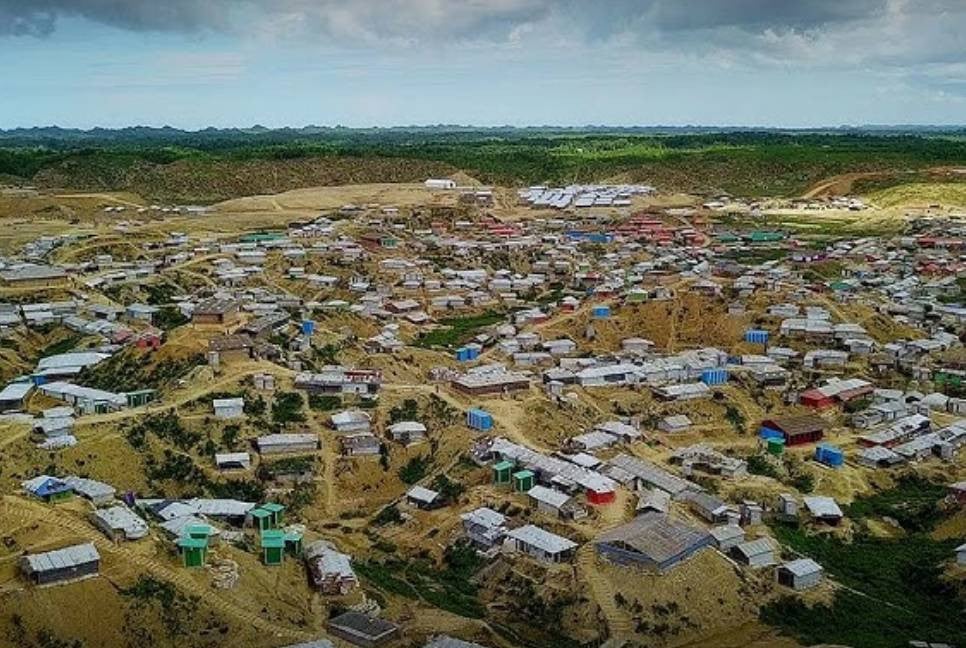The main target of the hunters of the Sundarbans is to kill tigers. Unless they get caught, no one knows how many tigers get killed in the world’s largest mangrove forest that straddles the border of Bangladesh and India, reports UNB.
After killing the tigers, hunters and hide traders smuggle the hides and body parts of the big cats out of the country. In most cases, law enforcement agencies fail to find the criminals, and even if they are found, they have to be released due to a lack of proper evidence.
According to sources at the forest department, a total of 13 cases have been filed against 59 people for killing tigers in the eastern side of the Sundarbans in the last 21 years, among whom only nine have been apprehended.
Trial of six cases has ended till now, and in three of the cases, all the accused have been acquitted due to the forest department’s inability to produce evidence. In the three other cases, a total of seven accused have received jail terms ranging from six months to four and a half years.
Currently, seven cases are pending with the court, the forest department said.
The size of the Sundarbans is 6,017 square kilometers, including a land area of 4,143 square kilometers. More than half of the Sunderbans is reserved forest area where tigers roam freely.
Unfortunately, hunting by the hide traders and effects of climate change has put the lives of the animal in great risks.
In 2017-2018 fiscal year, the number of tigers in the Bangladesh part of the mangrove forest was found to be at 114 through camera trapping system. Forest department said that they’ll soon start counting tigers to fix their new number.
According to data from the forest department, a total of 28 tigers have either died or have been killed between 2001 and 2022. Among these dead tigers, 14 were killed by hunters, five died due to mob beating, one died in cyclone Sidr and eight others died naturally.
These numbers are based on joint or separate drives against hunters by the forest department, Rab and police. During these drives, hides, bones and other body parts of the tigers had been recovered and in rare cases, bodies of dead tigers were found inside the forest.
Habib Talukder, a hunter from Sonatola village under Bagerhat’s Sharankhola upazila, said that he is currently on bail in 10 cases filed against him for killing tigers and deer.
“The Bhola river separates my village from the Sundarbans. I've been going to the forest to catch fishes since the age of five. I was in jail for two years in false cases. There are at least 30 people in my village who are involved in hunting tigers. They use poisonous traps and bullets for killing tigers,” Habib said.
Prof Dr Md Anwarul Islam, Chief Executive of Wildteam and former Chairman of Zoology department of Dhaka University (DU), said that to stop the killing of tigers, alternative income sources have to be created for the people who currently rely on the Sundarbans for a living.
“Social protection nets for people living around the forest have to be created. The forest department also needs trained informers. Most importantly, exemplary punishment has to be given to the hunters and hide traders so that others stay away from the practice,” Anwarul said.
Mohammad Belayet Hossain, Divisional Forest Officer (DFO) of Sundarbans East, provided a list of the activities that the forest department is running to stop the killing of tigers.
“A total of 62 patrol camps, 16 stations and eight patrol teams are working inside the forest round the clock to ensure safe roaming of the tigers. Besides, co-management committees (CMC), community patrol groups (CPG) and village tiger response teams (VTRT) are also working to prevent the killing of tigers,” said Belayet.
Bd-pratidin English/Tanvir Raihan





































































